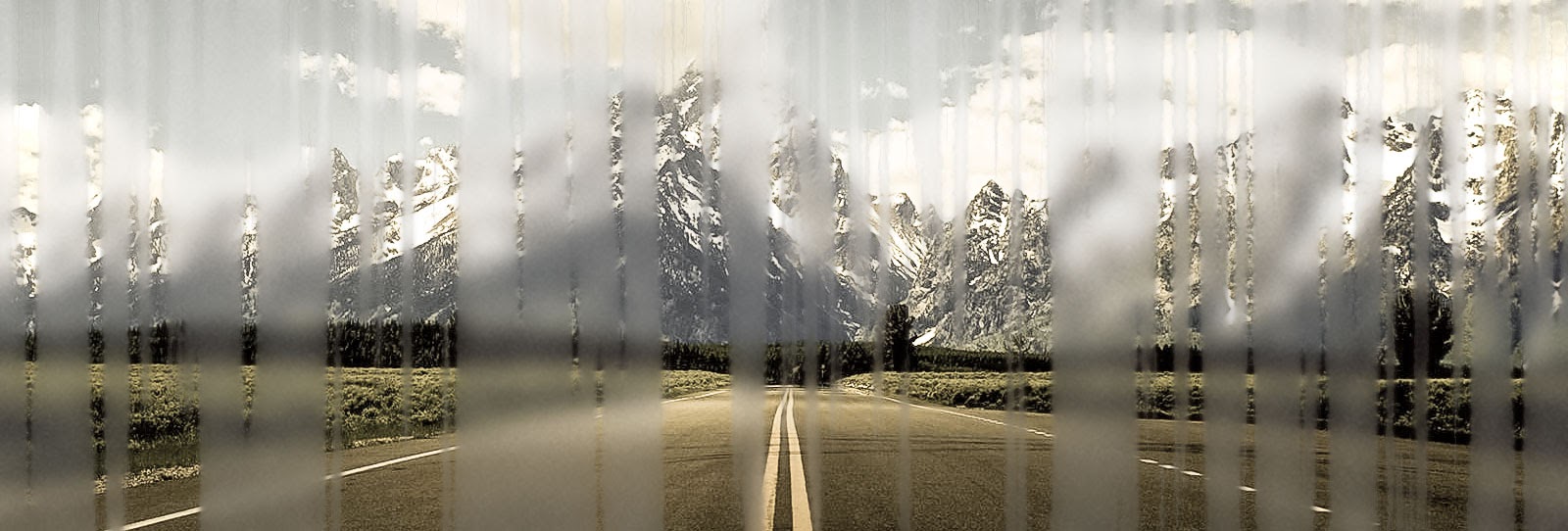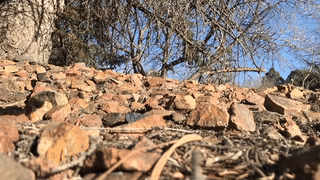Celebrate-Today
Grand-Tetons
Happy birthday Grand Teton
Grand Teton National Park is located in northwestern Wyoming. At about 310,000 acres (480 sq mi), the park includes the major peaks of the 40-mile-long Teton Range as well as most of the northern sections of the valley known as Jackson Hole. The park is only 10 miles south of Yellowstone, connected by the National Park Service managed John D. Rockefeller, Jr. Memorial Parkway.
Efforts to preserve the region as a national park commenced in the late 19th century, and in 1929 Grand Teton National Park was established, protecting the major peaks of the Teton Range. The valley of Jackson Hole remained in private ownership until the 1930s, when conservationists led by John D. Rockefeller, Jr. began purchasing land in Jackson Hole to be added to the existing national park. Against public opinion and with repeated Congressional efforts to repeal the measures, much of Jackson Hole was set aside for protection as Jackson Hole National Monument in 1943. The monument was abolished in 1950 and most of the monument land was added to Grand Teton National Park.
The park takes its name from the largest of the peaks, the Grand Teton. But where did that get its name? The naming is attributed to early 19th-century French-speaking trappers who called the range, les trois tétons (the three teats) and was later anglicized and shortened to Tetons. Grand Teton towers more than 7,000 feet above Jackson Hole, almost 850 feet higher than Mount Owen, the second-highest summit in the range.
Even though the Grand Teton National Park is smaller than Yellowstone, there is much to see and do. There are over 200 miles of trails, many lakes, including 15-mile-long Jackson Lake. There are numerous streams of varying length and the upper main stem of the Snake River. A dozen small glaciers persist at the higher elevations near the highest peaks in the range. Some of the rocks in the park are the oldest found in any U.S. National Park and have been dated at nearly 2.7 billion years. Wow!
Grand Teton National Park is an almost pristine ecosystem and the same species of flora and fauna that have existed since prehistoric times can still be found here. Dozens of species of mammals, more than 1,000 species of vascular plants, 300 species of birds, more than a dozen fish species and a few species of reptiles and amphibians call this home. Due to various changes in the ecosystem, some of them human-induced, efforts have been made to provide enhanced protection to some species of native fish and the increasingly threatened whitebark pine.
If you enjoy mountaineering, hiking, fishing, camping rafting, and just getting away from it all in a serene and beautiful setting, the the Tetons are calling you. Happy birthday Grand Teton National Park. And many, many more! =]:)
Here's a link to a short photo album of some other Teton photos I've taken: https://goo.gl/photos/Q31guG1k4NfZWXtw8













0 comments
Please let me know what you think. =]:)